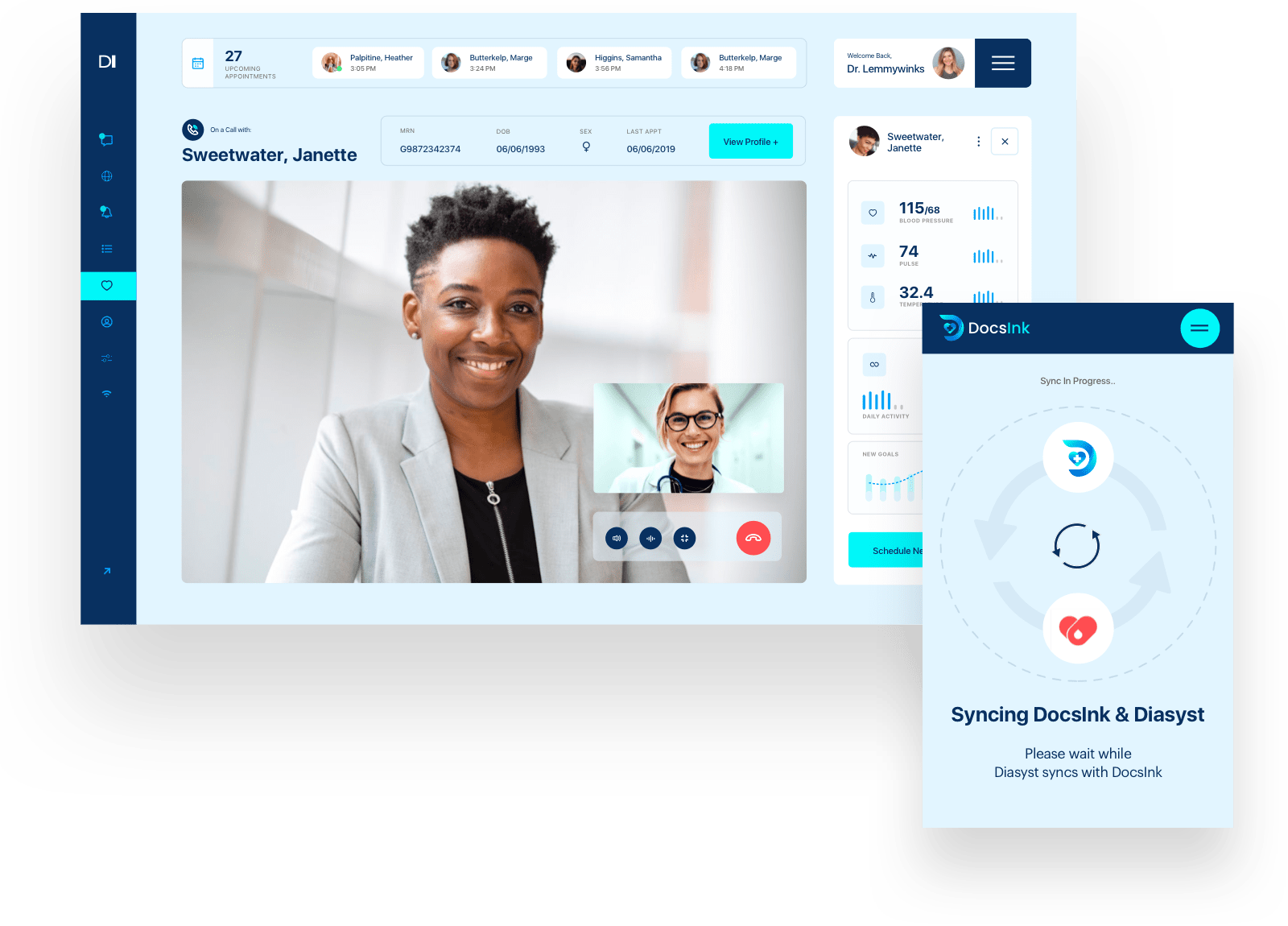
In addition to system-wide features such as an easily searchable directory, the user also has access to features and data that is specific to that user’s role. Roles-based User Experience: When a user downloads the application and is authenticated, the application is configured specifically for that user. The advantage of this consolidation: Your people don’t waste time hunting around for the app they need, they’re more likely to use the apps because those apps are easily available, and IT staff has fewer disaggregated pieces to corral. Not only can your organization use it to deploy and support your own proprietary applications, but you can also integrate third-party applications such as charge capture, electronic forms to HR, content management and operational applications such as payroll and CME. Third-party app integration: The Uniphy Health Platform truly is a platform thanks to Uniphy Health’s public API. Pre-built interfaces ensure information flows smoothly and securely. Typical integrations include Epic, Cerner, Healthix, Salesforce, McKesson, SCI Solutions, Active Directory, OKTA and more. The Uniphy Health platform is designed to enable rapid development, configuration, integration, deployment, evaluation, control and optimization of solutions.ĮHR integration: The Uniphy Health Platform has already been integrated with the majority of leading Electronic Health Record systems and other clinical systems. As your needs evolve over time, the solution can grow with you. The Uniphy Health Platform makes it easy to select different modules, change settings and adapt your solution to your needs. Industry-leading configurability: No platform offers so much flexibility. With the Uniphy Health Platform, that convenience, security and economy of scale is finally possible. It’s the only enterprise healthcare platform that supports clinical and nonclinical communications and also delivers valuable performance analytics.Įnterprise on a single platform: The “holy grail” for healthcare organizations is to deliver all of their technology - not just clinical applications (like lab/radiology results, care team communications and CME) - but also vital non-clinical systems (like payroll and HR) - on one platform. This is the first platform purpose-built for healthcare that extends communication and collaboration beyond the four walls of the hospital, enabling people, data and applications to come together securely and seamlessly, ensuring that the right information reaches the right person at the right time. Secure and HIPAA-compliant, the Uniphy Health Platform enables all clinical professionals and enterprise applications to communicate with ease and share data and functionality. If only there were a platform that could help everyone – and everything – work together. IT scrambling to connect people, data and applications.



Therefore, in this scenario if you want to extend expiration time of the table rows by five days, set the value of ttlRelativeDate configuration parameters to, which is used as Reference Time when table rows get imported.Siloed care teams. The table rows are going to expire in one day (data expiration date minus the default value of ttlRelativedate configuration parameter, which is the current date).But if you want to extend the expiration date of table rows to five days instead of one day, use the ttlRelativeDate parameter and choose an earlier date. After exporting this table, on, you run into an issue with your table and decide to import the data. Let us consider a scenario where table rows expire after seven days from. If you do not specify this parameter, it defaults to the current time in milliseconds, obtained from System.currentTimeMillis(), of the machine where the NoSQL Database Migrator tool is running. If a table row in the data you are exporting has expired, you can set the ttlRelativeDate parameter to a date before the expiration time of the table row in the exported data. Purpose: Specify a UTC date in the YYYY-MM-DD hh:mm:ss format used to set the TTL expiry of table rows during importing into the Oracle NoSQL Database.


 0 kommentar(er)
0 kommentar(er)
